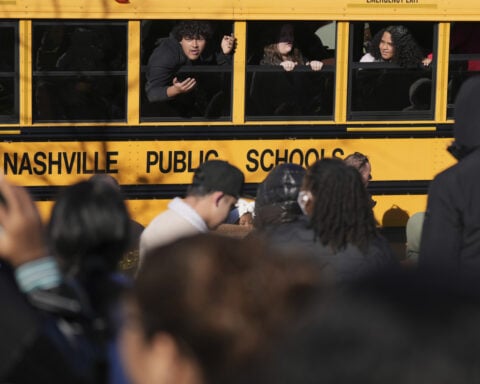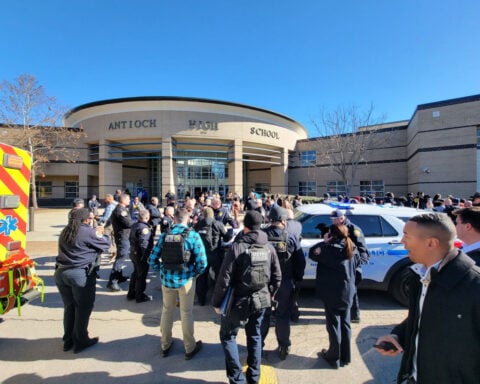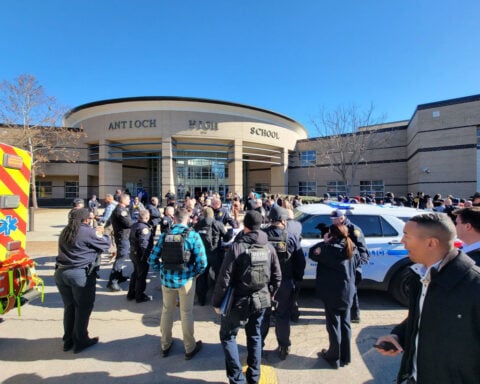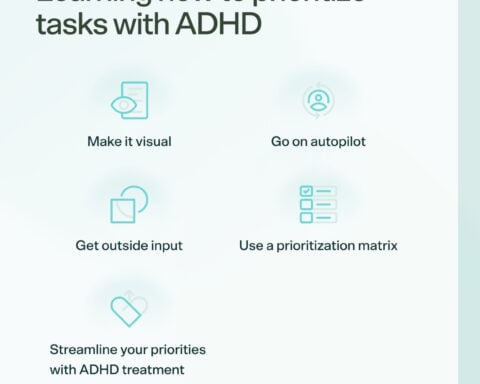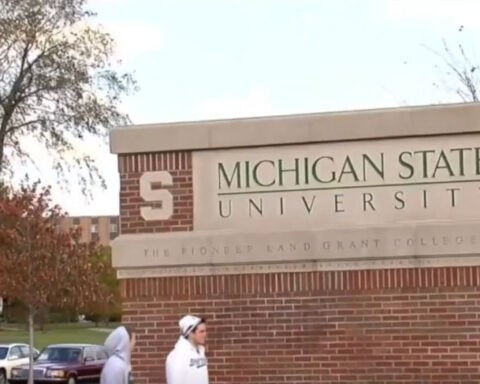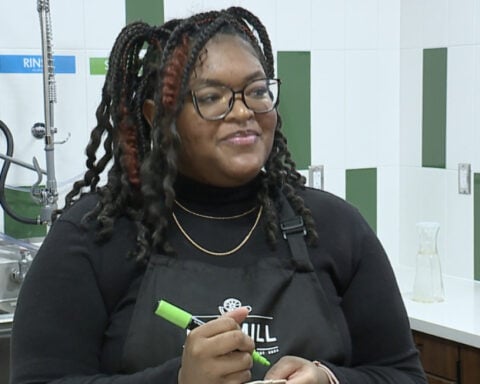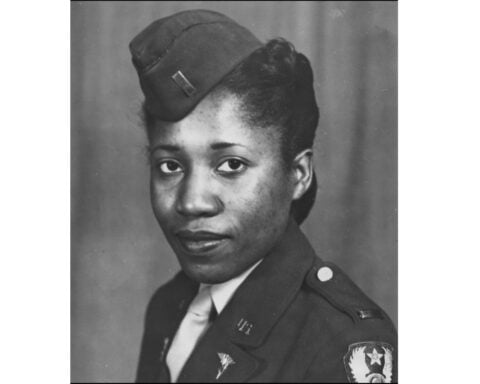As the academic year commences, a palpable mix of eagerness and trepidation fills the air. Amidst the flurry of preparations, a dark cloud looms over the nation – the specter of school shootings. This apprehension is compounded by harrowing tales of tragedy in places like Nashville, Tennessee, Uvalde, Texas, and Oxford, Michigan.
Recent surveys have unearthed a disconcerting trend: a sharp uptick in concerns about school safety. A nationwide poll conducted by NPR, PBS NewsHour, and Marist lays bare a troubling surge in the number of individuals who view their local schools as potential danger zones due to the prevalence of firearms. From 30% in 2019 to 40% in 2020 is a significant rise.
According to a Gallup study, 54% of parents worried about their child's safety at school last year. In a new level for parental worry not observed since 2001, one in five of these parents expressed fear that their children had expressed their own concerns.
The loss of young lives, the incessant media coverage of these horrific incidents, and the natural parental instinct to safeguard their offspring during school hours all contribute to the pervasive fear of school shootings. However, the unreliability of school shooting data only serves to exacerbate this anxiety.
School shootings may occur more regularly than once per hundred days, according to data compiled by the Center for Homeland Defense and Security and Everytown for Gun Safety. However, a more complex picture emerges when the data is evaluated in greater depth.
While the statistics are indeed accurate, they fail to distinguish the indiscriminate gun violence that often dominates headlines from other types of incidents. Shootings have occurred on school grounds unrelated to educational activities, during weekends, and even on days when classes are not in session.
A comprehensive database maintained by The Washington Post exclusively focused on school shootings provides a clearer perspective.There have been 384 similar events throughout the previous two decades of education (beginning with the 1999–2000 academic year), or an average of 16 each year. While this is still a worryingly high number, it is important to remember that in 75% of these incidents, no one was injured or killed by gunfire.
Of these 384 incidents, only 88 proved fatal, with a mere 21 involving indiscriminate gunfire. Understandably, parents and students are most alarmed by random acts of violence like these, and this fear typically escalates after major mass shootings make headlines.
While any number of incidents is unacceptable, the true epidemic at hand is one of fear. A comprehensive understanding of the statistics reveals the genuine level of danger.
According to the data, only one out of nearly 130,000 schools nationwide experiences an indiscriminate fatal school shooting each year. Since the 1999-2000 academic year, there have been 188 fatalities, averaging to just eight per year. This translates to a 1-in-8 million risk for the over 60 million students and staff members in America's schools.
Contrary to widespread belief, schools in our nation remain safe havens. In fact, only half a percent of school-age victims of gun homicide meet their fate on school premises. Playgrounds, ball fields, and street corners pose greater dangers to children due to a lack of supervision and structure. Surprisingly, students may actually feel safer at school when compared to their own homes. https://www.lapost.com/overwhelmed-teachers-frustrated-parents-rebuilding-strained-school-relationships/
Presently, $3 billion is allocated annually to school safety, encompassing surveillance systems and school resource officers. However, the majority of school shootings transpire in non-school areas, such as parking lots and sports fields.
For many children, the heightened emphasis on security in schools, including frequent and unannounced active shooter drills, induces undue stress and fear. It's essential to recognize that while school shootings are exceedingly rare, they are undeniably horrific.
Redirecting some of these resources toward hiring school psychologists, guidance counselors, school nurses, and classroom teachers may be a more prudent approach than an exclusive focus on physical security. These professionals not only have the capacity to assist millions of students but are also adept at identifying individuals at high risk of engaging in aggressive behaviors.
Unfortunately, misleading data and media attention have helped spread an epidemic of dread that is the real threat we face. We can help our kids feel safe and secure by learning from the facts and focusing on making schools safe and welcoming places for all students.

 What is seditious conspiracy, which is among the most serious crimes Trump pardoned?
What is seditious conspiracy, which is among the most serious crimes Trump pardoned?
 Savannah women brings hope and help with new Maternal Mental Health app
Savannah women brings hope and help with new Maternal Mental Health app
 Amazon to close 7 warehouses in the Canadian province of Quebec and eliminate 1,700 jobs
Amazon to close 7 warehouses in the Canadian province of Quebec and eliminate 1,700 jobs
 House prepares to pass immigrant detention bill that would be Trump's first law to sign
House prepares to pass immigrant detention bill that would be Trump's first law to sign
 Lewis Hamilton says driving a Ferrari F1 car for first time was 'exciting and special'
Lewis Hamilton says driving a Ferrari F1 car for first time was 'exciting and special'
 The head of a federal agency for consumers has packed up his office. But will Trump fire him?
The head of a federal agency for consumers has packed up his office. But will Trump fire him?
 Meagan Good says goodbye to 'Harlem,' hello to her future with Jonathan Majors
Meagan Good says goodbye to 'Harlem,' hello to her future with Jonathan Majors
 K-9's retirement party was everything a dog could want
K-9's retirement party was everything a dog could want
 Why some Instagram users aren’t able to unfollow Trump and JD Vance
Why some Instagram users aren’t able to unfollow Trump and JD Vance
 School Safety Concerns Soar
School Safety Concerns Soar
